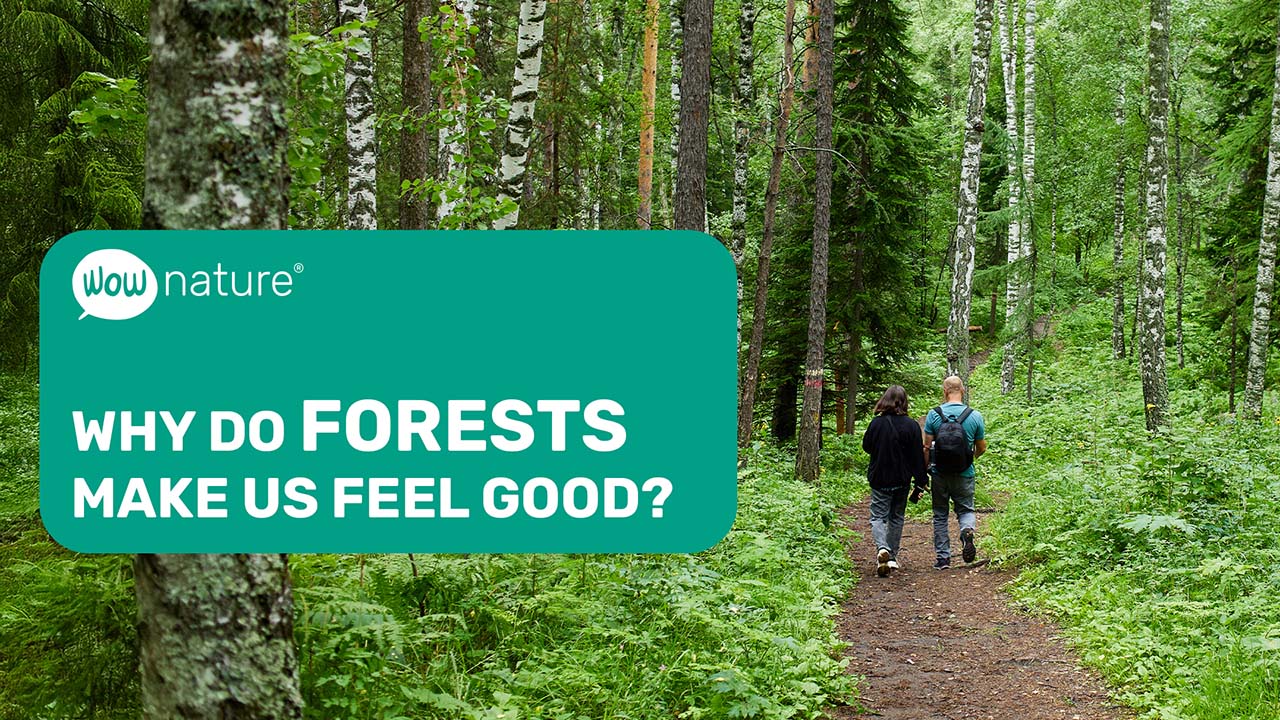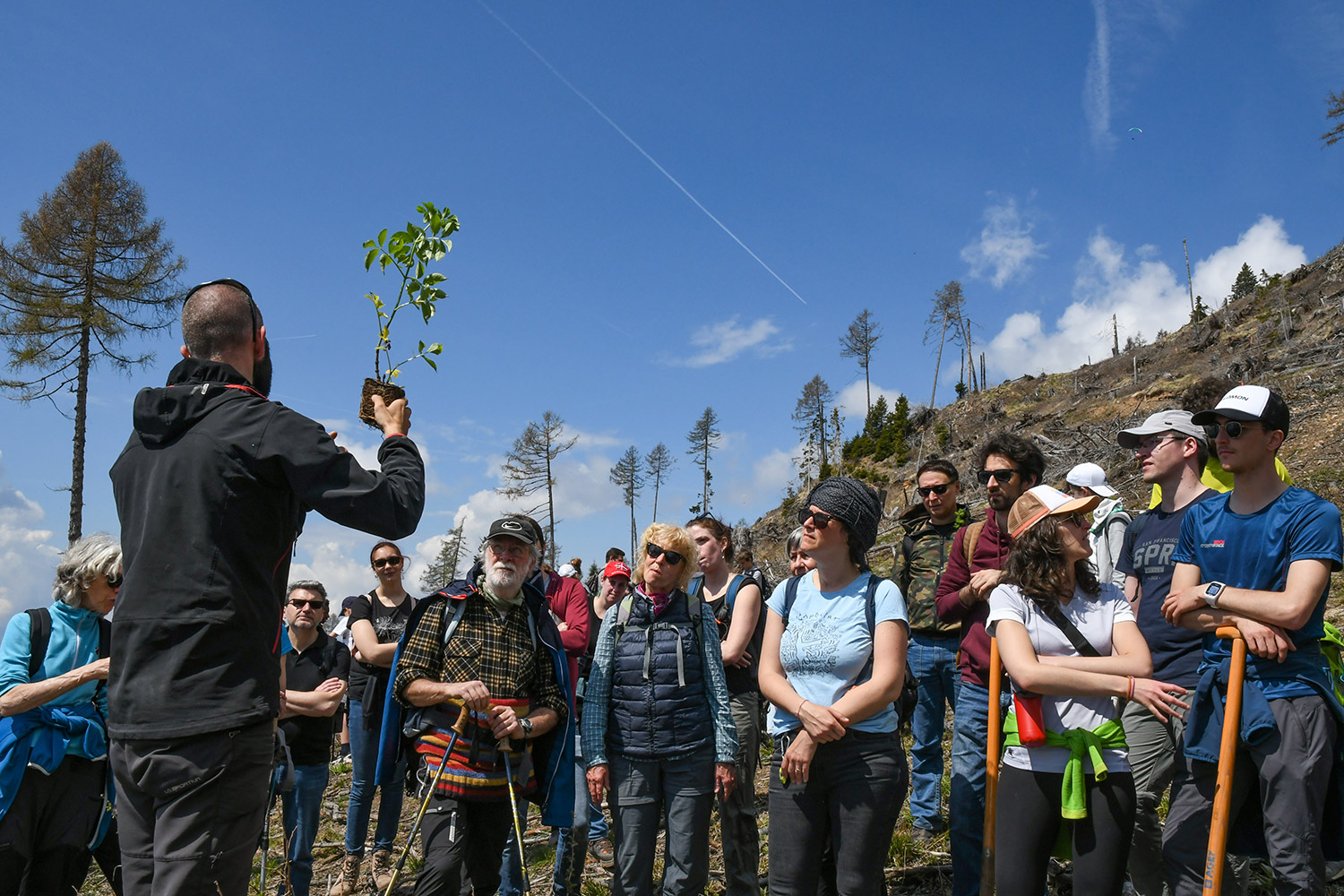
How do plants communicate with each other?
The language of plants
Trees do not need a voice to speak; in fact, they have developed surprising communication strategies. Through volatile chemical compounds, electrical impulses and vibrations, they are able to send out warning signals or coordinate their response in the event of attacks by insects. Some, for example, release repellent substances when they detect a leaf-eating insect nearby, protecting not only themselves but also neighbouring plants.
And it’s not just trees. Herbaceous plants and mosses also participate in this silent dialogue, demonstrating that plant communication is not an exception but a widespread rule in the plant kingdom.
Interconnection underground
The heart of plant communication lies in the rhizosphere, the layer of soil surrounding the roots. Here, plants form direct connections between their root systems, creating true anastomoses. These joints allow trees to exchange nutrients and water, but also increase the stability of the entire forest ecosystem.
In other words, what appears to us as a forest of independent trees is, underground, a much more unified system, in which each plant contributes to the overall resilience of the forest.
The role of fungi
Alongside the roots lies another, even more intricate network: that of fungi.
These organisms are made up of thin filaments called hyphae, which intertwine underground to form mycelium. When the mycelium comes into contact with plant roots, a symbiosis called mycorrhiza is formed. Both parties benefit from this exchange: fungi receive sugars produced by photosynthesis, while plants obtain valuable nutrients, such as nitrogen and phosphorus, which they would struggle to absorb on their own.
Canadian scientist Suzanne Simard has called this network the Wood Wide Web, demonstrating how plants can exchange warning signals, nutrients and even redistribute resources from mature trees to young seedlings in the shade. This mechanism makes the forest a dynamic and interconnected system, more like a collective organism than a collection of isolated individuals.
However, this communication is not always cooperative. Some plants, such as walnut trees, release toxic chemicals such as juglone through their roots, which inhibits the growth of surrounding species. This process, known as allelopathy, serves to reduce competition for resources. It is a clear example of how plants use different techniques to grow healthily.
Truffles, treasures from underground
This relationship between plants and fungi can give rise to real treasures: truffles.
These are the fruiting bodies of hypogeous fungi, i.e. fungi that grow underground and live in symbiosis with the roots of oak, poplar, willow and hazel trees. Truffles do not grow everywhere: they are very demanding in terms of soil conditions, humidity, pH and host tree species.
Truffles are classified as non-wood forest products, which also means that it is possible to cultivate a forest specifically for truffle production. In fact, this fungus is highly prized for its culinary value.
Truffle cultivation
Truffle cultivation is also at the heart of a reforestation project we have carried out in Castel del Giudice, in Molise. Here, a multifunctional forest has been created by planting white firs, ash trees and mycorrhizal hazelnuts.
Thanks to this technique, the roots of the plants collaborate with the truffles right from the nursery, ensuring growth that combines the production of high-quality timber, biodiversity and non-wood forest products such as hazelnuts and truffles.
This initiative is part of the European LIFE ClimatePositive project, which promotes responsible forest management and the fundamental role of forests in carbon absorption. It is a concrete example of how scientific research and forest management can go hand in hand to enhance natural resources.
How do plants communicate with each other? Watch the full video
Plants don’t talk, but they communicate in incredibly complex ways, creating networks of connections that support entire ecosystems.
Want to find out how this fascinating underground world works? Watch the video “How do plants communicate with each other?” and be amazed by nature’s secret language.
SHARE
Other posts

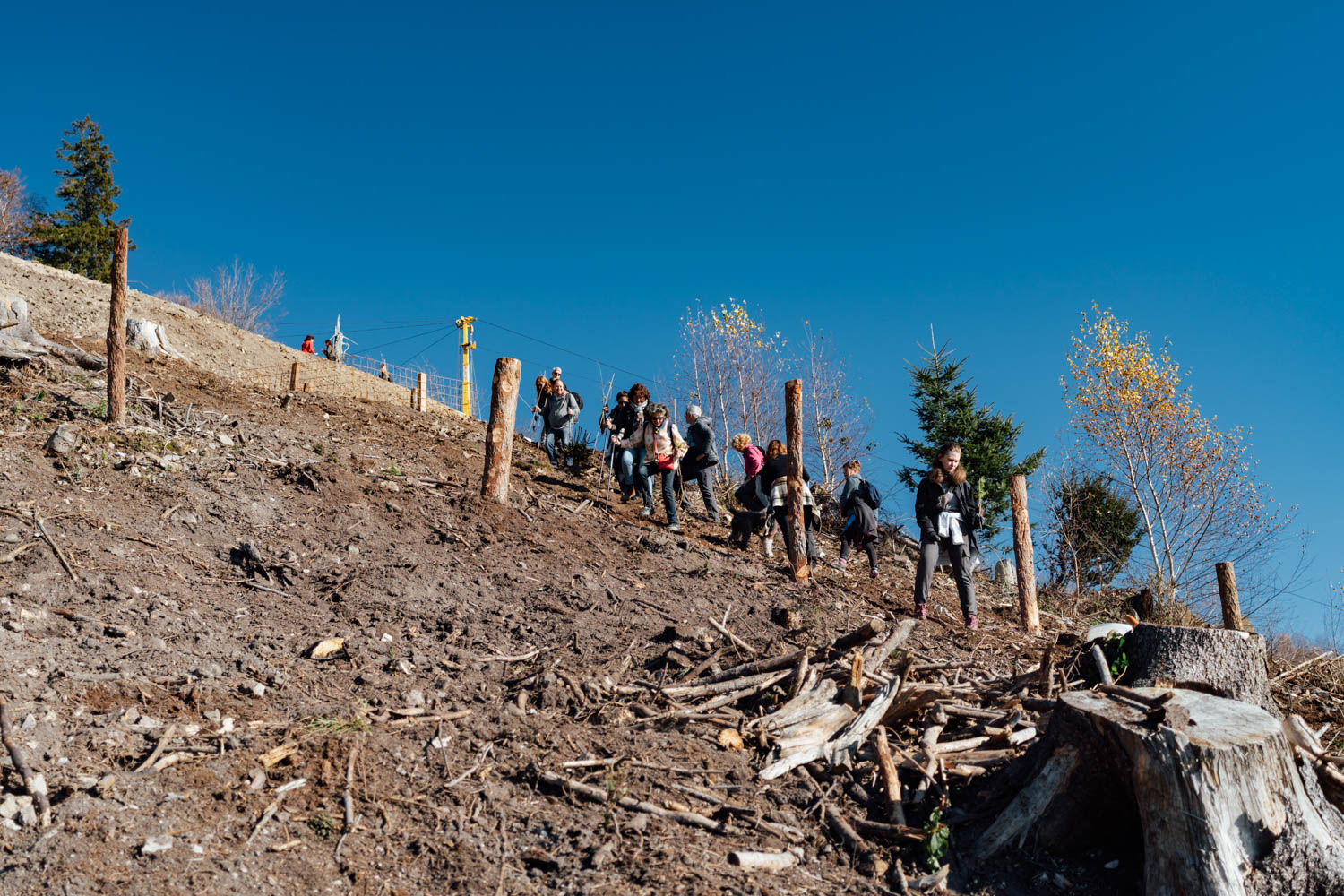
Updates from Campo dei Fiori Park

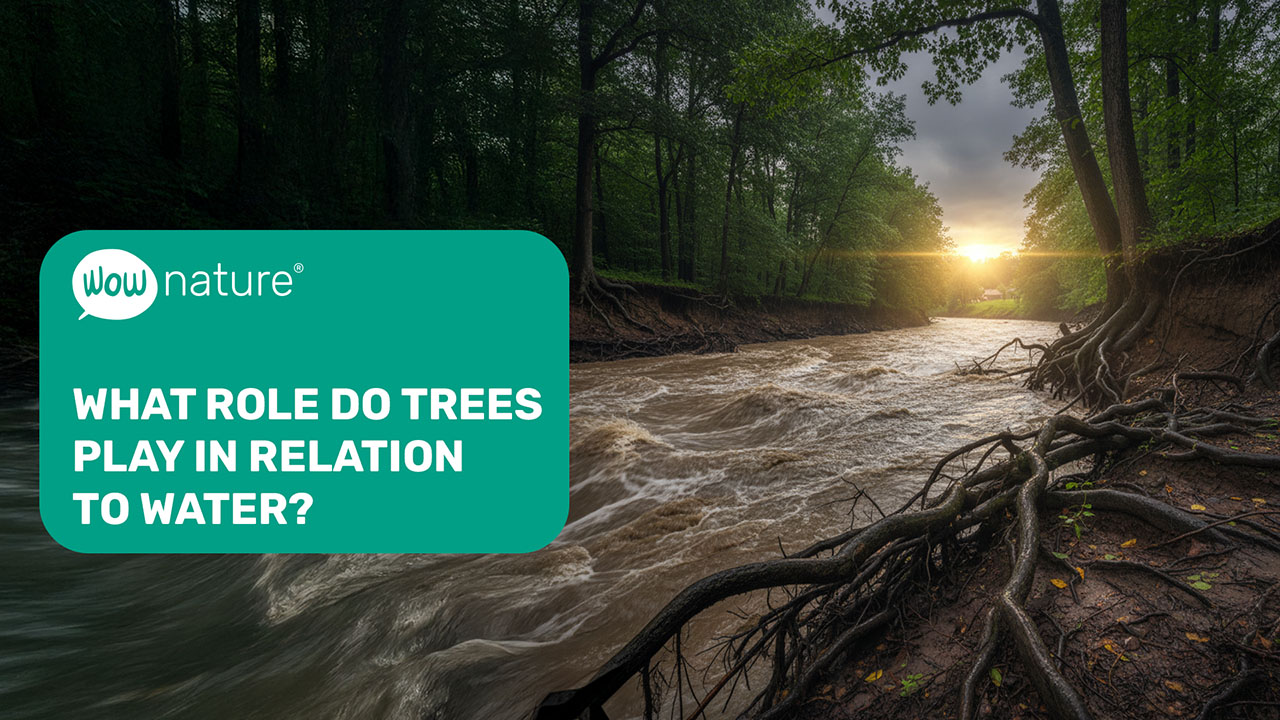
What role do trees play in relation to water?
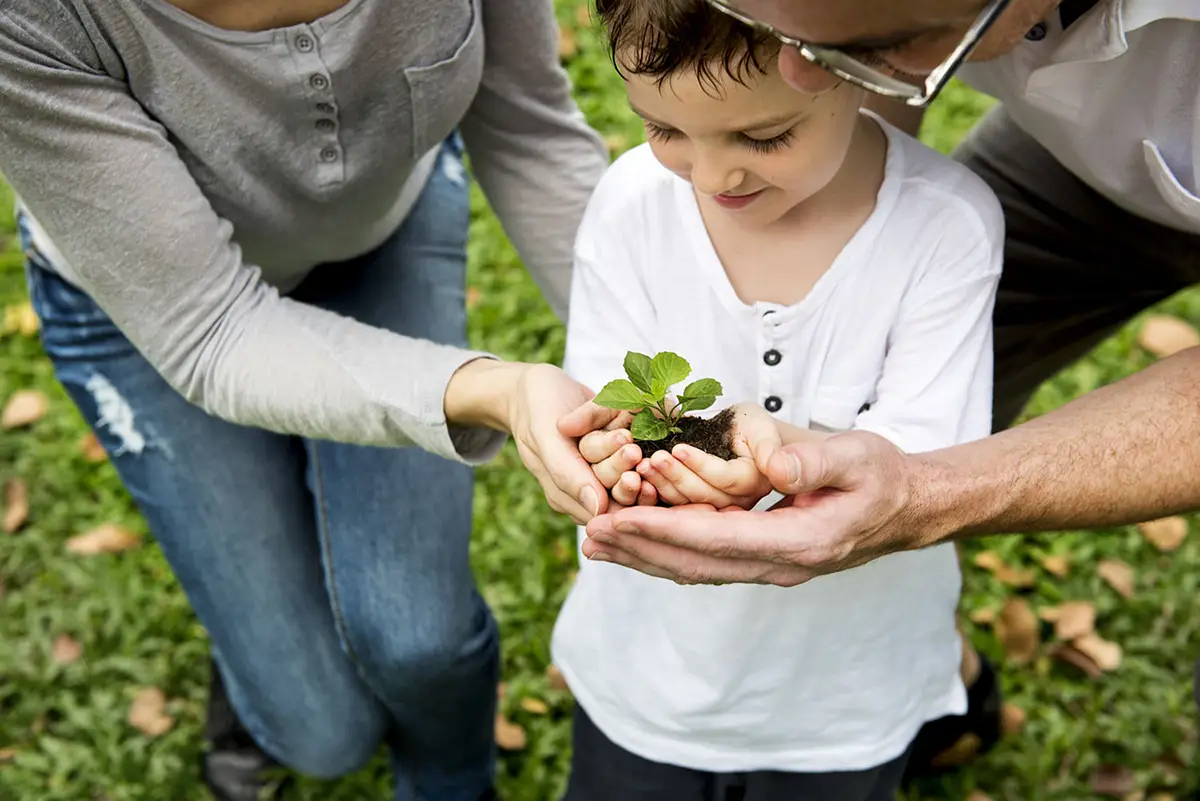
Sustainable gifts: sustainable gift ideas that respect the environment
